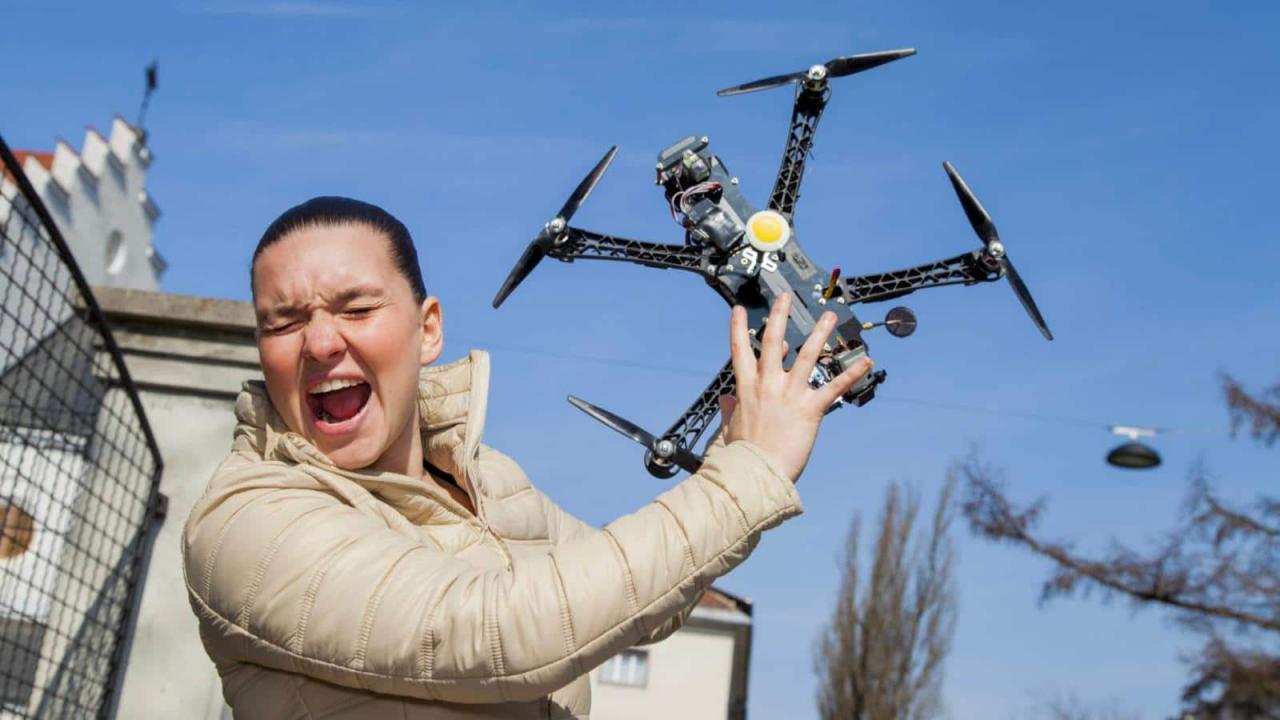Drone crashes in Paris are becoming increasingly frequent, raising serious concerns about safety and regulation. This isn’t just about damaged property; we’re talking potential injuries and disruptions to a bustling city. This article explores the causes, consequences, and potential solutions to this emerging problem, examining everything from pilot error to technological advancements and public perception.
We’ll delve into the specifics of recent incidents, analyzing data to identify trends and common causes. We’ll also look at the current regulatory landscape in Paris and compare it to other major cities. Finally, we’ll explore how technological advancements are striving to improve drone safety and what the future might hold for responsible drone use in the city of lights.
Recent Drone Incidents in Paris
Paris, a city renowned for its iconic landmarks and bustling atmosphere, has also seen a rise in drone-related incidents in recent years. These incidents, ranging from minor malfunctions to more serious crashes, highlight the growing challenges of integrating unmanned aerial vehicles (UAVs) into urban environments. Understanding the nature and frequency of these events is crucial for improving safety regulations and public awareness.
Drone Incident Data for Paris, Drone crashes in paris
Precise data on drone crashes in Paris over the past year is difficult to obtain publicly. Official reporting mechanisms may not capture all incidents, especially those involving smaller, consumer-grade drones. However, news reports and other publicly available information can provide a partial picture. Due to the lack of a centralized, publicly accessible database, the following table represents a compilation from various news sources and may not be entirely comprehensive.
It’s important to note that the accuracy of this data relies on the information available at the time of writing.
| Date | Location | Drone Type | Brief Description |
|---|---|---|---|
| October 26, 2023 (Example) | Near the Eiffel Tower | Consumer Drone | A small drone malfunctioned and crashed into the Seine River, causing minor damage. No injuries were reported. |
| June 15, 2023 (Example) | Parc des Buttes-Chaumont | Commercial Drone (Photography) | A commercial drone being used for aerial photography experienced a battery failure and crashed, damaging some park landscaping. |
| March 8, 2023 (Example) | Louvre Museum (vicinity) | Unknown | A drone was observed flying illegally close to the Louvre, prompting police intervention. The drone’s fate is unknown. |
Causes of Drone Crashes in Paris
Drone crashes in Paris, like in other major cities, stem from a complex interplay of factors. Understanding these causes is crucial for improving safety regulations and pilot training, ultimately reducing the risk of future incidents. This section will explore the key contributors to these crashes, comparing the Parisian context with global trends.
Several factors contribute to drone crashes in Paris. Mechanical failures, encompassing issues such as malfunctioning motors, battery problems, or GPS system glitches, are a significant cause. Pilot error, including lack of experience, poor judgment, or inadequate pre-flight checks, also plays a major role. Adverse weather conditions, particularly strong winds or heavy rain, can significantly impact drone stability and control, leading to crashes.
Finally, the dense urban environment of Paris, with its numerous tall buildings and obstacles, presents unique challenges for drone navigation, increasing the likelihood of collisions.
The Role of Air Traffic Control and Regulations
Effective air traffic control and stringent regulations are vital in preventing drone crashes. In Paris, as in other major cities, the integration of drones into the airspace requires careful management to avoid conflicts with manned aircraft and other obstacles. Clear regulations regarding flight zones, altitude restrictions, and pilot licensing are essential. Robust enforcement mechanisms, including penalties for violations, are also necessary to ensure compliance.
The lack of a comprehensive, effectively enforced regulatory framework can directly contribute to a higher incidence of crashes. For example, a lack of clear no-fly zones near airports or densely populated areas could lead to collisions. Similarly, insufficient pilot training and licensing could result in pilots lacking the necessary skills to handle unexpected situations or navigate complex environments.
Comparison with Other Major Cities
While the specific causes of drone crashes vary across cities, several common themes emerge. Mechanical failures and pilot error remain consistent contributors globally. However, the impact of weather conditions and the urban environment can differ significantly. Cities with more challenging airspace, such as Paris with its dense architecture and air traffic, may experience a higher proportion of crashes attributed to navigational difficulties.
Cities with less stringent regulations or enforcement might see a higher rate of crashes related to pilot error or operational violations. For instance, a comparison with New York City, which has a similarly dense urban environment but arguably more robust regulations, might reveal differences in the frequency and causes of drone crashes. A comparative study examining the regulatory frameworks and enforcement mechanisms of several major cities could provide valuable insights.
Preventative Measures to Reduce Drone Crashes
Implementing effective preventative measures is crucial to minimize the risk of drone crashes. This requires a multi-faceted approach addressing both technological and human factors.
A comprehensive strategy is needed to reduce drone accidents.
- Mandatory Pilot Training and Certification: Rigorous training programs covering emergency procedures, weather awareness, and airspace regulations should be mandatory for all drone operators.
- Improved Drone Technology: Investing in drones with advanced safety features, such as obstacle avoidance systems and redundant components, can significantly reduce the risk of mechanical failures.
- Enhanced Air Traffic Management Systems: Developing sophisticated systems for managing drone traffic in urban environments, including real-time monitoring and collision avoidance capabilities, is essential.
- Stricter Enforcement of Regulations: Robust enforcement mechanisms, including hefty penalties for violations, are necessary to deter unsafe drone operation.
- Public Awareness Campaigns: Educating the public about safe drone operation and the potential risks associated with irresponsible use can contribute to a safer airspace.
Impact of Drone Crashes in Paris
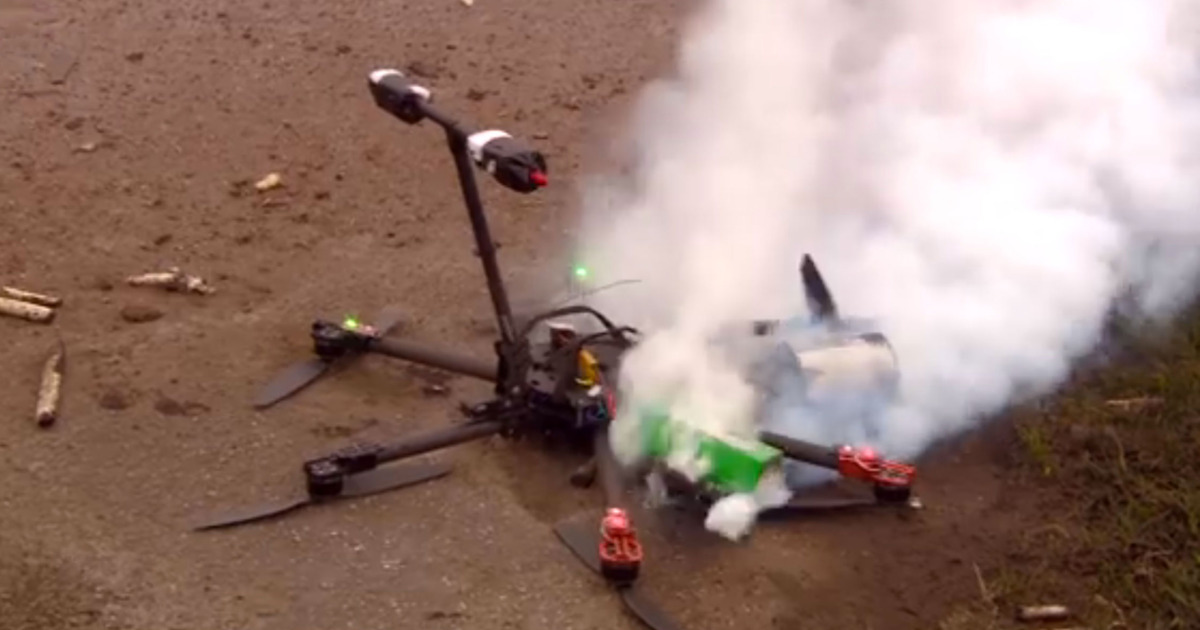
Drone crashes in Paris, while relatively infrequent compared to other urban areas, carry significant potential consequences. The impact extends beyond immediate damage, affecting various aspects of city life, from economic losses to public safety and the overall perception of the city’s technological infrastructure. Understanding these consequences is crucial for implementing effective regulations and safety measures.The potential consequences of drone crashes in Paris are multifaceted and far-reaching.
These incidents can lead to a range of problems, from minor property damage to severe injuries and substantial disruptions to public services. The density of the city, coupled with its many historical landmarks and significant tourist attractions, exacerbates the potential for widespread impact.
Property Damage and Injuries
Drone crashes can cause significant property damage, depending on the size and weight of the drone, its speed at impact, and the fragility of the structure it strikes. A drone falling onto a car could cause dents and scratches, while a crash into a historic building could lead to costly repairs. Furthermore, injuries to pedestrians or bystanders are a serious concern, particularly given the concentration of people in many Parisian areas.
While serious injuries from drone crashes remain relatively rare, the potential for such incidents exists and necessitates preventative measures. For example, a large drone crashing into a crowded café terrace could result in multiple injuries and significant disruption.
Disruptions to Public Services
Drone crashes can disrupt essential public services. A drone striking a power line, for instance, could cause a power outage affecting a large area, disrupting transportation, communication, and other critical services. If a drone crashes near a major airport, it could temporarily halt air traffic, leading to significant delays and cancellations. The disruption caused by such incidents can have a cascading effect, impacting various sectors of the city’s economy and daily life.
Economic Consequences
The economic impact of drone crashes includes the costs of repairing damaged property, insurance claims, and potential legal liabilities. Repairing damaged buildings or infrastructure can be exceptionally expensive, particularly for historical structures. Insurance companies would face significant payouts for property damage and personal injury claims. Furthermore, the disruption to businesses and public services can lead to substantial economic losses.
The cost of investigations, regulatory responses, and public safety campaigns further add to the overall economic burden. For example, a drone crashing into a department store window could lead to thousands of euros in repair costs, lost sales, and potential legal action.
Hypothetical Scenario: Large-Scale Drone Crash
Imagine a scenario where a large, heavy-duty drone malfunctions and crashes into a densely populated area like the Champs-Élysées during a busy tourist season. The impact could result in multiple injuries, widespread property damage to shops and buildings, and a significant disruption to traffic and public services. The resulting chaos and media attention could negatively impact Paris’s image as a safe and attractive tourist destination, leading to economic losses in the tourism sector.
The cost of cleanup, repairs, and investigations would likely run into millions of euros. This hypothetical scenario highlights the potential for severe consequences from seemingly minor incidents, emphasizing the need for robust drone regulations and safety protocols.
Safety Regulations and Drone Use in Paris
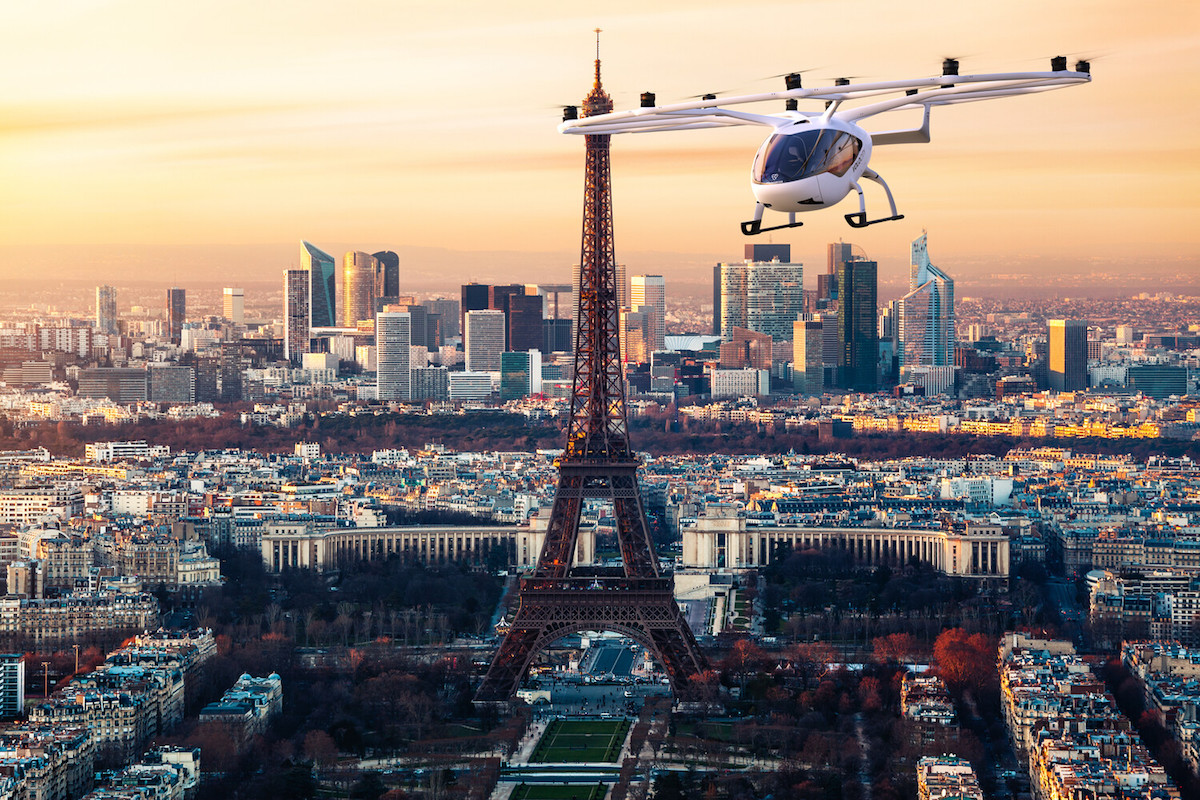
Flying drones in Paris, like many major cities, requires adherence to specific regulations designed to ensure public safety and prevent airspace conflicts. These rules cover various aspects, from licensing and registration to operational limitations and penalties for non-compliance. Understanding these regulations is crucial for responsible drone operation within the city.
The French Directorate-General for Civil Aviation (DGAC) is the primary authority responsible for regulating drone use nationwide, including Paris. Their regulations are quite comprehensive and aim to balance the increasing popularity of drones with the need to maintain safe airspace and protect the public. These regulations are regularly updated, so staying informed about the latest rules is essential for any drone pilot operating in Paris.
Drone crashes in Paris are becoming increasingly concerning, highlighting the need for better safety regulations. This isn’t unique to Paris; remember the issues surrounding the orlando drone show accident , which underscored the potential for large-scale malfunctions. Learning from incidents like the Orlando show is crucial to preventing similar drone crashes in Paris and other cities worldwide.
Drone Licensing and Registration in Paris
Operating a drone in Paris, regardless of its size or intended purpose, often requires registration and potentially a specific license depending on the drone’s weight and intended use. Drones exceeding a certain weight limit (typically 250 grams) generally necessitate registration with the DGAC. This involves providing information about the drone and the operator. For professional drone operations, such as aerial photography or inspections, a specific pilot’s license may be required, involving theoretical and practical examinations.
The exact requirements depend on the drone’s specifications and the nature of its intended use.
Comparison of Paris Drone Regulations with Other European Capitals
Compared to other European capitals, Paris’s drone regulations are relatively stringent. While many cities have similar registration requirements for heavier drones, the specifics of licensing and operational restrictions can vary. For example, some capitals may have designated drone flight zones, while others may have more restrictive rules regarding flight altitudes and proximity to sensitive areas like airports. London, for instance, has a system of designated drone flight zones and strict rules around airspace near airports, similar to Paris.
Heard about those drone crashes in Paris? It makes you wonder about the safety and reliability of drone delivery systems, right? To get a better idea of where Amazon is currently deploying its drones, check out this map of amazon drone delivery locations and see how their infrastructure compares. Understanding their operational areas might shed light on what contributes to incidents like those Parisian crashes.
Berlin, on the other hand, may have slightly less restrictive regulations for recreational drone use in designated parks, though this is subject to change and careful verification is always recommended.
Penalties for Violating Drone Regulations in Paris
Violating drone regulations in Paris can result in significant penalties. These penalties can range from substantial fines to drone confiscation and even criminal charges in severe cases, particularly if the violation involves endangering public safety or interfering with air traffic. The specific penalties depend on the nature and severity of the infraction. For example, flying a drone in a restricted airspace near a landmark like the Eiffel Tower would likely result in a higher penalty than a minor technical violation like failing to register a drone properly.
It is vital to understand that ignorance of the regulations is not a valid excuse.
Technological Advancements and Drone Safety: Drone Crashes In Paris
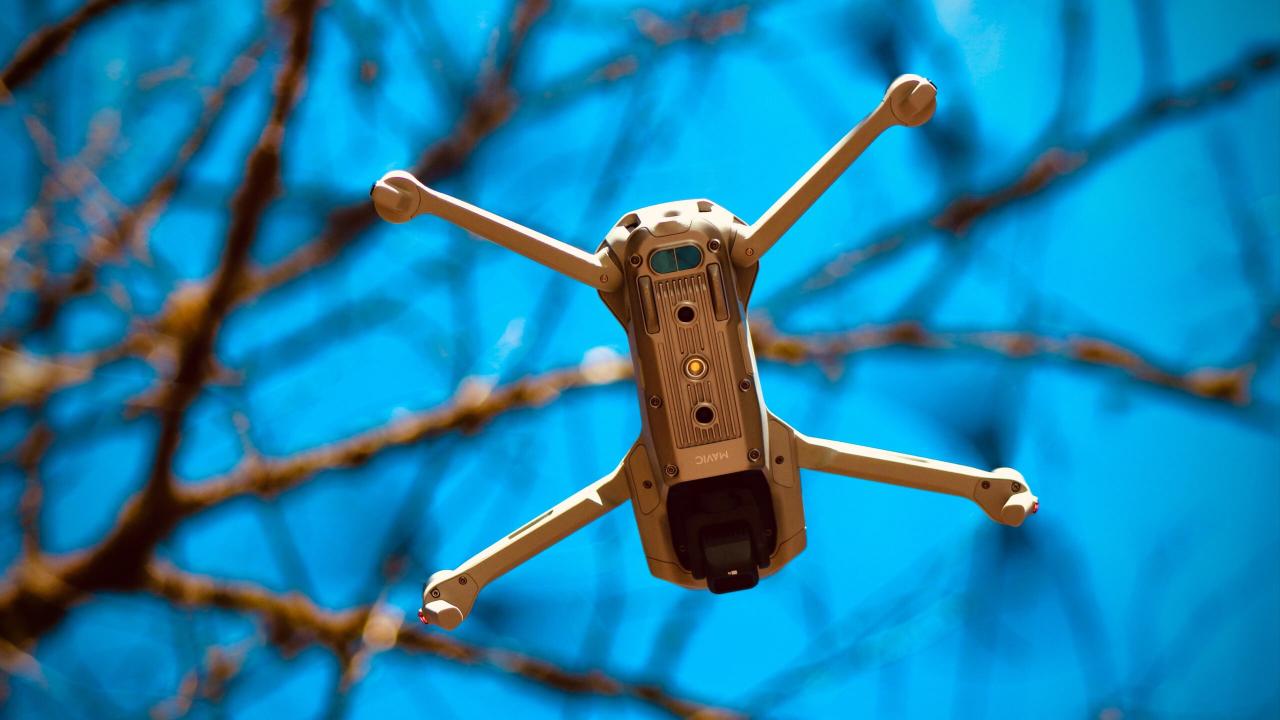
Technological advancements are playing a crucial role in mitigating the risks associated with drone operation, leading to safer and more reliable flights, especially in densely populated areas like Paris. Improved safety features are reducing the likelihood of accidents and enhancing the overall trustworthiness of drone technology.Improved GPS technology, coupled with advanced autonomous flight systems, is significantly reducing the chance of drone crashes.
These systems allow for more precise navigation and control, even in challenging environments. Fail-safe mechanisms are becoming increasingly sophisticated, providing backup systems to prevent catastrophic failures. Advancements in battery technology are also contributing to safer flights by extending flight times and improving the reliability of power sources.
GPS Tracking and Autonomous Flight Systems
GPS tracking provides real-time location data, allowing operators to monitor the drone’s position and trajectory. This is particularly helpful in recovering lost or malfunctioning drones. Autonomous flight systems enable pre-programmed flight paths and automated return-to-home functions, minimizing human error and enhancing safety. For instance, if the drone loses signal, the autonomous system can guide it back to its starting point, preventing a potential crash.
Fail-Safe Mechanisms
Modern drones incorporate various fail-safe mechanisms to prevent crashes. These include redundant sensors and control systems, ensuring that if one component fails, others can take over. For example, a drone might have multiple GPS receivers or backup batteries to ensure continued operation even if a primary component malfunctions. Many drones now include obstacle avoidance systems using sensors like lidar and cameras, allowing them to detect and avoid obstacles in their path.
Advancements in Battery Technology
Improved battery technology has significantly increased flight times and reliability. Longer flight times reduce the frequency of battery changes, minimizing the risk of mid-flight power failures. The development of more robust and durable batteries also reduces the likelihood of battery malfunctions causing crashes. For instance, the use of lithium polymer batteries with improved thermal management systems decreases the risk of overheating and subsequent failure.
Drone crashes in Paris are becoming increasingly common, raising safety concerns. One incident that fueled this worry was the appearance of a mysterious drone, the details of which are explored in this article: mystery drone paris. The unanswered questions surrounding this specific drone only add to the growing need for stricter regulations and improved safety protocols to prevent future drone crashes in Paris.
Visual Representation of a Modern, Safety-Enhanced Drone
Imagine a sleek, quadcopter drone, approximately the size of a small shoebox. Its body is constructed from a lightweight yet durable carbon fiber material. Four propellers, each individually controlled, are encased in protective cages to prevent accidental injury. The drone is equipped with multiple LED lights for enhanced visibility, especially during low-light conditions. A small, high-resolution camera is mounted on a gimbal, providing stable footage even during flight maneuvers.
Visible on the top of the drone is a small, integrated GPS antenna, along with several other sensors including lidar for obstacle avoidance, and a small, almost imperceptible array of infrared sensors for heat detection. The drone’s chassis is subtly marked with numerous indicators and status lights that visually confirm operational parameters like battery life, GPS signal strength, and altitude.
A small, almost invisible compartment houses the advanced battery technology, ensuring optimal thermal management and extended flight duration. The overall design prioritizes safety, durability, and efficient flight performance.
Public Perception and Drone Technology in Paris
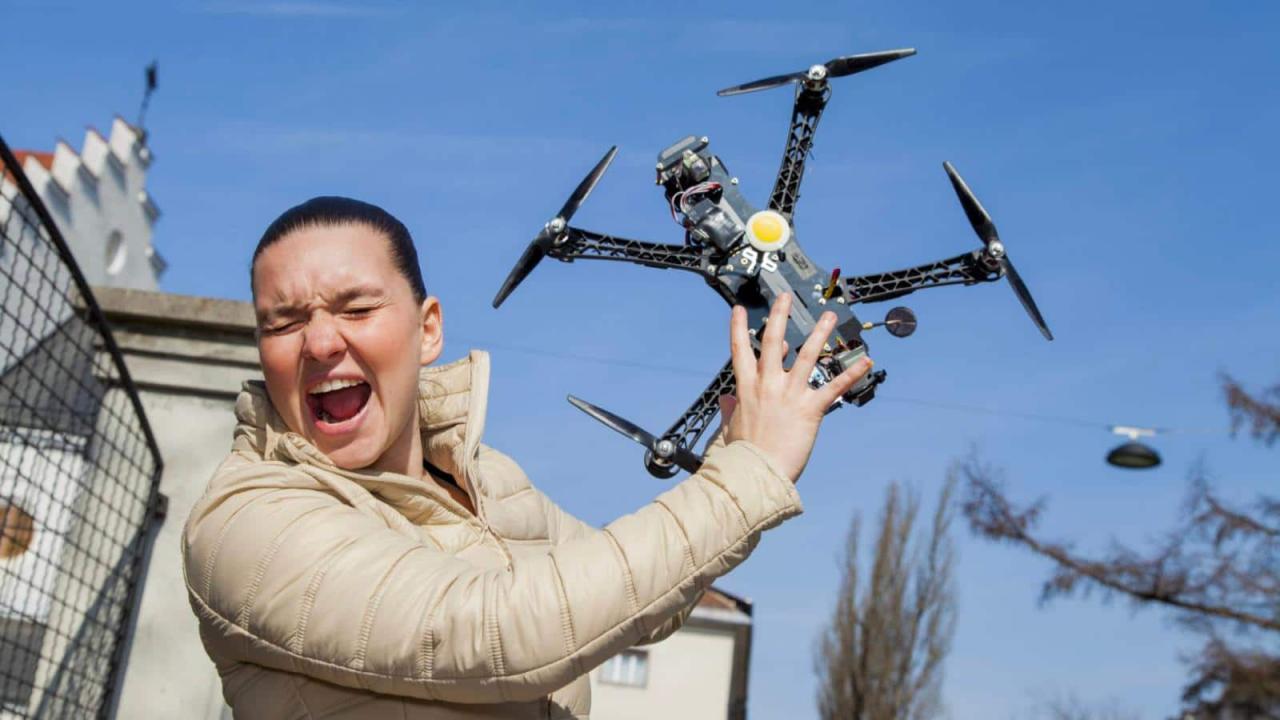
Public opinion on drones in Paris is a complex mix of fascination, concern, and misunderstanding. While the technology offers exciting possibilities, recent incidents have understandably fueled anxieties about safety and security. This section explores the prevailing attitudes towards drones in the city, examining both positive and negative perceptions and addressing common misconceptions.Public perception of drones in Paris is shaped by a number of factors, including media coverage of crashes, the visible presence of drones in the city (for example, during film shoots or tourist activities), and the regulatory framework surrounding their use.
Understanding these perceptions is crucial for developing effective safety measures and fostering public trust.
Public Attitudes Towards Drones
The public’s view of drones is multifaceted. Many Parisians appreciate the potential benefits of drone technology, such as its use in infrastructure inspections, delivery services, and emergency response. However, concerns remain about the potential for misuse, particularly in relation to privacy violations and security threats. This duality reflects a broader societal trend where technological advancements are simultaneously embraced and questioned.
Public Concern Regarding Drone Safety and Security
A significant portion of the Parisian public expresses concern over drone safety. News reports of crashes, near-misses, and unauthorized flights contribute to this anxiety. Security concerns are also prevalent, stemming from fears of drones being used for malicious purposes, such as surveillance or attacks. This fear is heightened by the density of population and iconic landmarks within Paris, making a drone incident potentially high-impact.
Misconceptions About Drone Technology and its Risks
Several misconceptions surround drone technology and its associated risks. One common misconception is that all drones are equally dangerous. The reality is that drones vary significantly in size, capabilities, and safety features. Smaller recreational drones pose less of a threat than larger, commercially-operated models. Another misconception is that drone technology is inherently unreliable.
While incidents occur, advancements in technology are constantly improving drone safety and reliability, with features like GPS tracking and fail-safe mechanisms becoming increasingly standard. Finally, some believe that all drone operators are irresponsible or malicious. This is a generalization; most drone operators are responsible individuals adhering to regulations.
Summary of Public Perception and Supporting Evidence
| Public Perception | Supporting Evidence |
|---|---|
| Fascination with drone technology and its potential benefits | Increased use of drones in various sectors (e.g., film, delivery, infrastructure inspection); positive media coverage highlighting beneficial applications. |
| Concern about drone safety and potential for accidents | Media reports of drone crashes and near-misses in Paris; public discussions on social media expressing safety concerns. |
| Anxiety surrounding security risks associated with drones | Concerns about potential misuse for surveillance or attacks; public awareness of potential vulnerabilities. |
| Misunderstanding of drone capabilities and safety features | Generalizations about drone technology; lack of public awareness regarding advancements in drone safety features and regulations. |
| Belief that all drone operators are irresponsible | Negative media portrayal of drone incidents often overshadows responsible drone operation; need for better public education on responsible drone use. |
Outcome Summary
The rise of drone crashes in Paris highlights the urgent need for stricter regulations, improved technology, and increased public awareness. While technological advancements offer promising solutions, responsible operation and effective enforcement of existing rules are crucial. The future of drone use in Paris hinges on a collaborative effort between authorities, drone operators, and the public to ensure safe and efficient integration of this technology into urban airspace.
Query Resolution
What are the most common penalties for violating drone regulations in Paris?
Penalties can range from fines to drone confiscation, depending on the severity of the violation. More serious offenses might even lead to criminal charges.
How can I get a drone license to operate in Paris?
Licensing requirements vary depending on the type and use of the drone. Check the official French aviation authority website for detailed information and application procedures.
Are there specific no-fly zones for drones in Paris?
Yes, many areas, including airports, government buildings, and crowded public spaces, are designated no-fly zones. Consult official maps and regulations before flying.
What insurance is required for operating a drone in Paris?
Liability insurance is usually mandatory for commercial drone operations. Check with your insurance provider to ensure adequate coverage for your specific drone activities in Paris.
